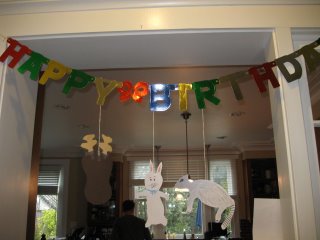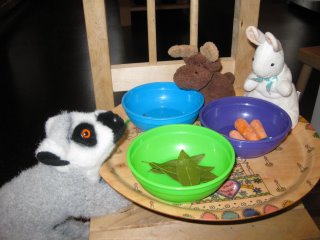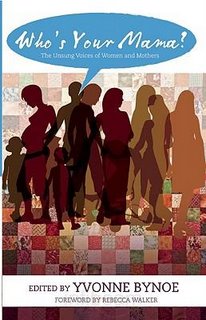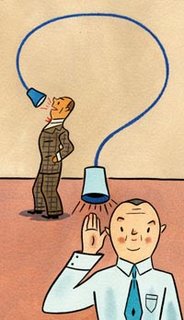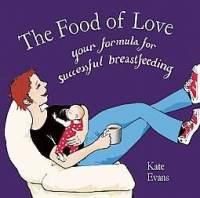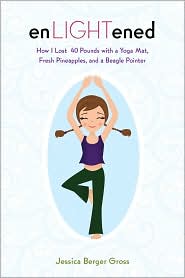
I don’t remember when I first walked into a prenatal yoga class. I was teaching at Stanford at the time, a two-hour daily commute, and maybe the fact that I was so darned uncomfortable –pacing around the conference table during class, fidgeting in my seat during office hours, using cruise control so that I could stretch my legs on the long drive — sent me to that cool, pine-floored studio once a week. There I gathered with the other round-bellied mamas and we stretched and balanced and relaxed through our ninety minutes.
After Ben was born, I returned to mom and baby yoga for a bit but, unsurprisingly, didn’t find the peace and relaxation I’d enjoyed during prenatal yoga. Ben was a noisy, needy, perfectly typical baby and although I aspired to be the kind of balanced yogini that could nurse while standing on one leg in vrksasana (tree pose), I could barely relax lying on the floor with him in corpse pose.
I returned to yoga during my second pregnancy; this time I wasn’t working outside the home, but renovating our house and caring for a three year-old kept me even busier. The once-a-week session seemed like the only time to spend thinking about this coming baby, and I wound up asking my yoga teacher to serve as my doula during my eventual 17-hour labor. I can’t say I consciously practiced yoga during the labor, exactly, but the training I’d absorbed, the thoughtfulness about breathing and stretching and opening, all helped me ride my labor peacefully almost toward the end. I say “almost” to account for the brief interval between feeling the urge to push and getting the doctor’s green light to push, when I recall shouting to my doula, “There is not enough yoga in the world to get me through this!” She laughed, which made me laugh, which distracted me enough to survive that last minute until I could push Eli out.
But again, mom and baby yoga wasn’t for me (especially since I never could find a mom + baby + preschooler yoga class), and yoga has fallen by the wayside as I find my best exercise time is a quick run before the boys wake up. My yoga mat is rolled up in the garage, gathering dust, and I look at it sometimes, thinking I should bring it upstairs, lay it out next to my bed, and try to get in a quick pose or two before bed. All of which explains why I jumped at the chance to read Jessica Berger Gross’s new book, enLIGHTened: How I lost 40 Pounds with a Yoga Mat, Fresh Pineapples, and a Beagle-Pointer. I thought it might help me get back on the mat.
I know Jessica’s writing from Literary Mama, of course, but also from her work editing the gorgeous anthology, About What Was Lost. EnLIGHTened is part memoir – a journal of her struggles with weight and the emotionally unhealthy family dynamic that contributed to her eating issues —part gentle how-to. She is so honest in her writing about her past (starting with the confession that her childhood nickname was the mean “Bubble Berger” because of the extra layer of fat she carried), that a reader is immediately sympathetic and open to her advice. The book is practical and pragmatic, full of diagrams of yoga poses, recipes, and sutras (both in Sanskrit and in English); she is so convinced of the benefits of her path that she offers a reader lots of ways to join her, and the result is friendly, charming, and accessible. I may not go as far as she does in her low-fat diet (I’m lucky not to have weight issues), but she makes me think twice about the ice cream in my freezer, or at least consider serving myself a much smaller scoop.
I figured I would read her book the way I do books by Michael Pollan or Barbara Kingsolver (books with which enLIGHTened shares some thinking): I am a member of her choir – I am a vegetarian, organic food-buying, yoga-aspiring writer – but as such, I try to be extra-sensitive to preaching, proselytizing and didacticism. So I’m happy to report that whenever she strays into potential eye-rolling territory, she pokes a little fun at herself. For instance, in the chapter on purity and cleanliness, she describes attending a retreat in which she was led through a thirty-minute exercise in “conscious sipping:”
“It was unnerving to drink so slowly. After all, I was used to downing a juice while talking on the phone or blow-drying my hair or driving my car or checking my e-mail. Plus, I was already hungry and it was only the first morning. “What do you want out of the next sip?” Alison asked. I wanted to be comforted, I wanted to be filled. (To be honest, I wanted a grilled cheese sandwich.)”
Later in the same chapter, she writes, “If you eat healthy and low-fat most of the time, you can splurge on the occasional more-indulgent foods.” I perked up, wondering what would count as indulgent for someone who bemoans her previously unenlightened nightly snack of Cheerios and chocolate chips (please! My indulgent snack is a bowl of melted peanut butter, topped with vanilla ice cream, granola, and chocolate syrup.) So she continues, “On a weekend—not every weekend, but on the occasional Sunday—Neil and I will go out for whole wheat organic pizza made with hormone-free cheese (I know, I live on the edge).” If she’s living on the edge, even my decent diet puts me over the cliff, but that’s fine. The point here is not that you slavishly follow every tenet she outlines here –I agree with her that we’d probably be healthier if we did, but I certainly can’t – but she offers a great menu from which you can choose.
Yesterday I finished reading enLIGHTened and then washed off my old yoga mat and rolled it out next to the bed. This morning I was already awake when the alarm clock went off, having been woken at 5 by my 7 year-old climbing into bed next to me. At the sound of the alarm, my almost-4 year old thundered down the hall and climbed in, too. I extricated myself from the warm pile and stood on the mat a moment, groggily collecting myself in tadasana (mountain pose) before stretching my arms up over my head and bending one leg at the knee in vrksasana. The boys giggled from their cozy nest, but tomorrow I’ll encourage them to come join me. Now I know this is the perfect way to start the day, and I’m grateful to enLIGHTend for reminding me.

